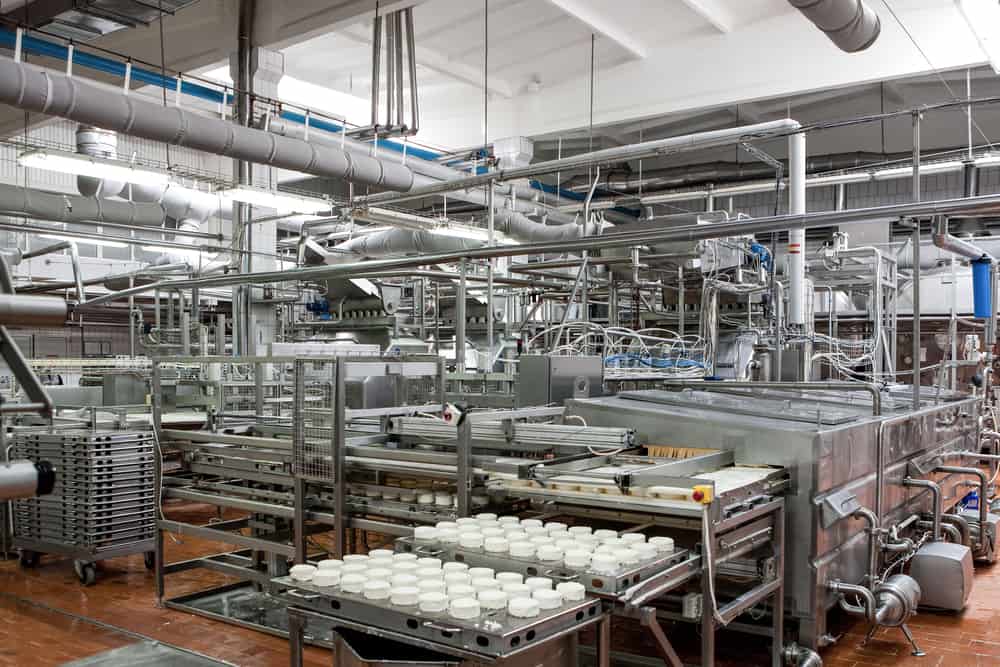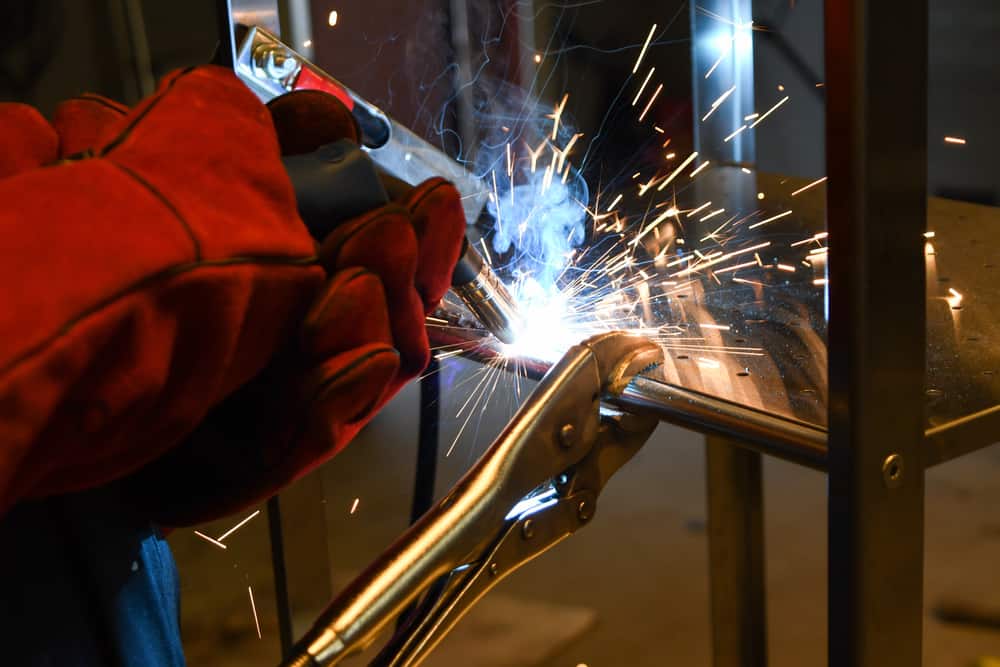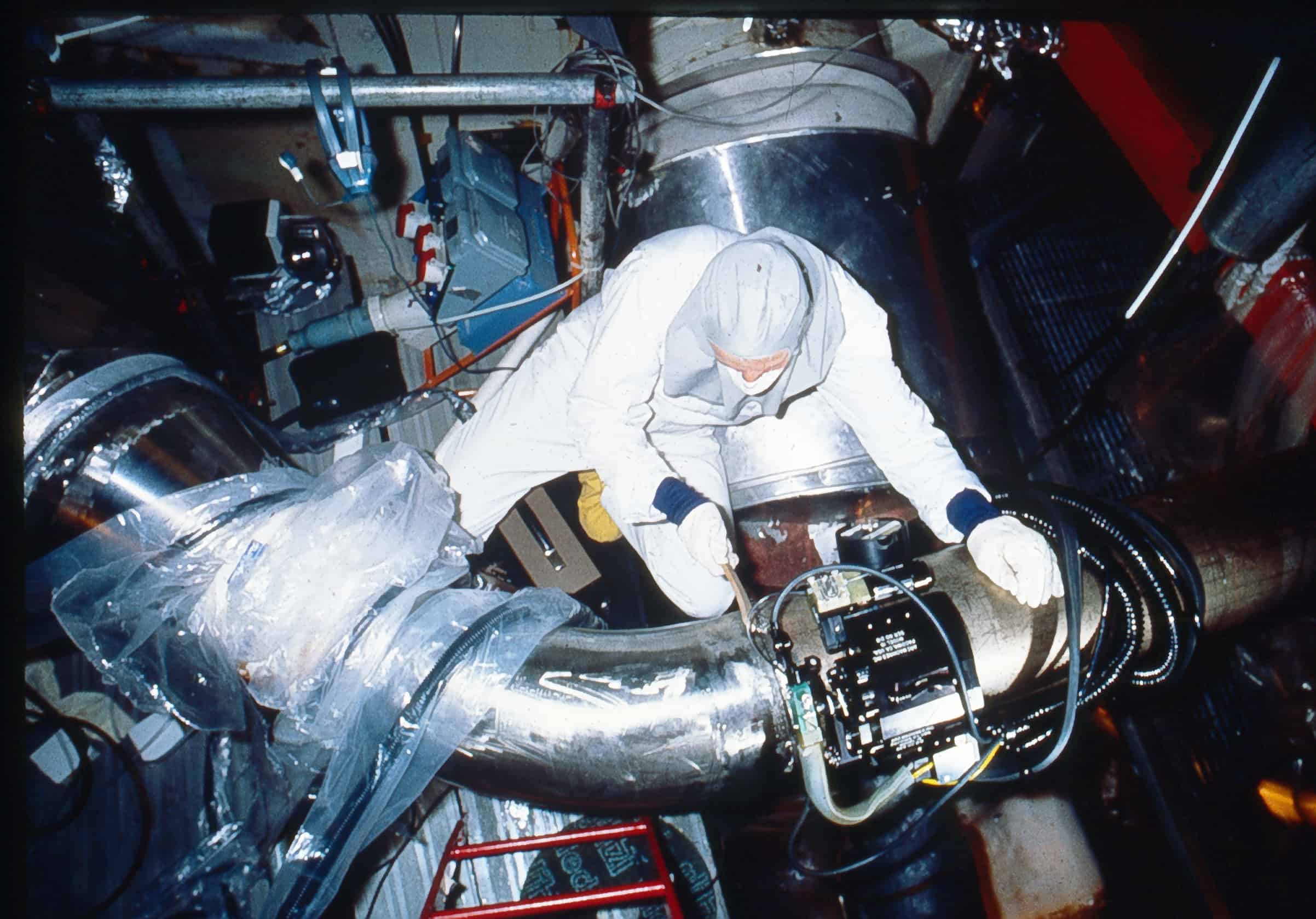
Traditionally, welding has been included among the most dangerous fields in which to work. A primary reason for this classification is the toxic and hazardous substances with which welders must often work. Consequently, guidelines for working with materials that contain these substances appear in many OSHA hot work standards. One…










